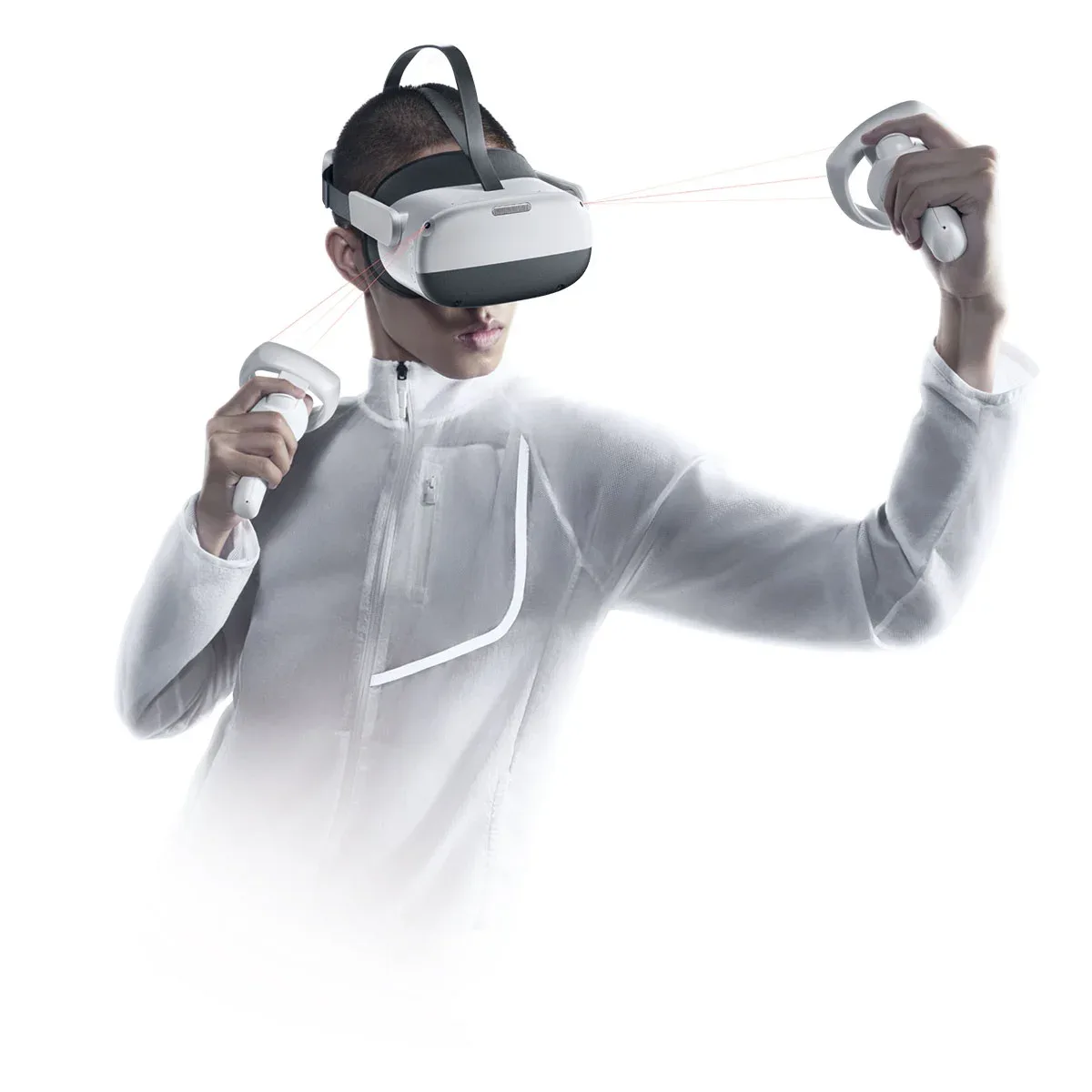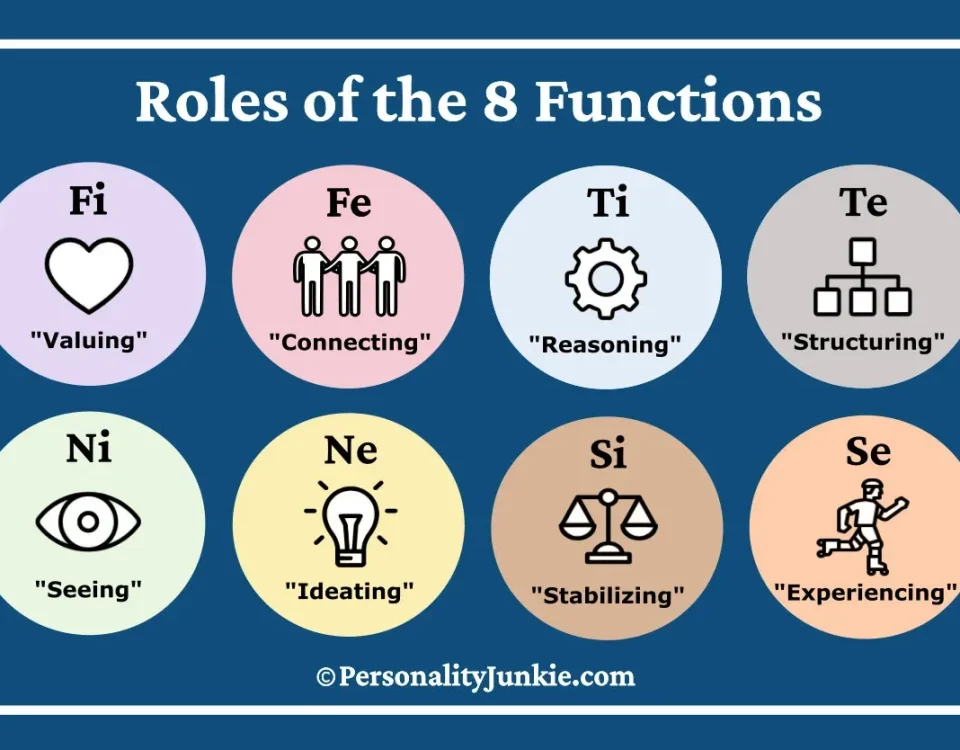
Revolutionizing Cognitive Rehabilitation with Virtual Reality
2024-12-17
Revolutionizing Alzheimer’s Care: How Virtual Reality is Transforming the Landscape
2024-12-17Our eyes are the windows to the brain, offering a fascinating glimpse into the inner workings of our cognitive processes. Emerging research has revealed that the way our eyes move and behave can provide invaluable insights into a wide range of cognitive functions, from attention and memory to decision-making and problem-solving.
In the field of cognitive assessment, the study of eye movements has become an increasingly important tool, allowing clinicians and researchers to delve deeper into the complexities of the human mind.
One of the key advantages of using eye movements for cognitive testing is the non-invasive and objective nature of the approach. Unlike traditional paper-and-pencil assessments or self-reported questionnaires, eye-tracking technology can continuously monitor and record an individual’s eye movements in real-time, providing a wealth of data without interrupting the natural flow of cognitive activity.
By analyzing patterns in eye movements, researchers have been able to uncover connections between specific cognitive functions and the corresponding eye behaviors. For example, studies have shown that individuals with impaired attention or concentration often exhibit different saccadic eye movements (rapid, ballistic eye movements) compared to those with intact cognitive abilities.
Similarly, the way the eyes focus, track, and shift during memory tasks can provide insights into the encoding, storage, and retrieval of information in the brain. Even higher-order cognitive processes, such as decision-making and problem-solving, have been found to have distinct eye movement signatures that can be used to assess an individual’s cognitive performance.
The potential applications of this eye-mind connection are vast and exciting. In clinical settings, eye movement-based cognitive assessments have shown promise in the early detection and monitoring of neurodegenerative diseases like Alzheimer’s and Parkinson’s, as well as in tracking the cognitive recovery of patients following traumatic brain injuries or strokes.
Moreover, eye-tracking technology can be integrated with virtual reality (VR) environments, creating immersive and interactive cognitive assessments that closely mimic real-world situations. This ecological validity is crucial, as it allows clinicians to better understand how an individual’s cognitive functions translate to everyday life.
As the field of eye movement-based cognitive assessment continues to evolve, we can expect to see even more sophisticated and personalized applications emerge. With the growing availability of affordable and user-friendly eye-tracking devices, this powerful tool is becoming increasingly accessible to both researchers and healthcare providers.
By leveraging the insights gained from eye movements, we can unlock a deeper understanding of the intricate workings of the human mind, paving the way for more targeted and effective interventions, as well as the development of innovative cognitive training and rehabilitation programs.
The eyes may indeed be the windows to the soul, but they are also the gateways to the secrets of our cognition. As we continue to explore and harness the power of eye movements in cognitive assessment, we can unlock new frontiers in the quest to optimize human cognitive function and well-being.
The Cognitive Fingerprint in Our Eye Movements

Each person’s eye movements are as unique as their fingerprint, reflecting the intricate interplay between various cognitive processes. By closely analyzing these eye movement patterns, researchers have been able to identify distinct “cognitive fingerprints” that can be used to assess an individual’s cognitive abilities and detect potential impairments.
For example, studies have shown that individuals with attention deficit hyperactivity disorder (ADHD) often exhibit more erratic and rapid eye movements during tasks that require sustained focus. In contrast, those with Alzheimer’s disease tend to exhibit slower and more hesitant eye movements when processing visual information, a result of the cognitive decline associated with the disease.
These distinct eye movement signatures can serve as early warning signs, enabling clinicians to identify cognitive issues and intervene before they become more severe. Moreover, by tracking changes in eye movements over time, healthcare providers can monitor the progression of cognitive disorders and the effectiveness of interventions.
Integrating Eye Tracking with Virtual Reality
The marriage of eye-tracking technology and virtual reality (VR) has opened up new frontiers in cognitive assessment and rehabilitation. By immersing individuals in realistic, interactive virtual environments, researchers can design cognitive tasks that closely mimic the demands of everyday life.
As the individual navigates these virtual scenarios, the eye-tracking system continuously records their eye movements, providing a wealth of data on their cognitive processing and decision-making. This approach not only enhances ecological validity, but also allows for the creation of personalized, adaptive assessments that adjust in real-time based on the individual’s performance and eye behavior.
Imagine, for instance, a virtual reality assessment that challenges an individual’s spatial memory and navigation skills. By monitoring their eye movements as they explore the virtual environment, clinicians can gain insights into the individual’s cognitive strengths and weaknesses, ultimately informing more targeted rehabilitation strategies.
The Power of Multimodal Assessment
While eye movements offer a revealing window into cognitive function, they are just one piece of the puzzle. By combining eye-tracking data with other assessment tools, such as neuroimaging techniques, computerized cognitive tests, and self-reported measures, researchers can develop a more comprehensive and nuanced understanding of an individual’s cognitive profile.
This multimodal approach allows for the identification of potential discrepancies between an individual’s subjective experience, objective cognitive performance, and the underlying neural correlates. Such insights can be invaluable in the diagnosis and management of complex cognitive disorders, as well as the development of personalized intervention strategies.
As the field of eye movement-based cognitive assessment continues to evolve, we can expect to see even more exciting advancements that push the boundaries of our understanding of the human mind. By harnessing the power of this non-invasive and objective tool, we can unlock new pathways to optimizing cognitive function, improving quality of life, and ultimately transforming the landscape of healthcare and human performance.





